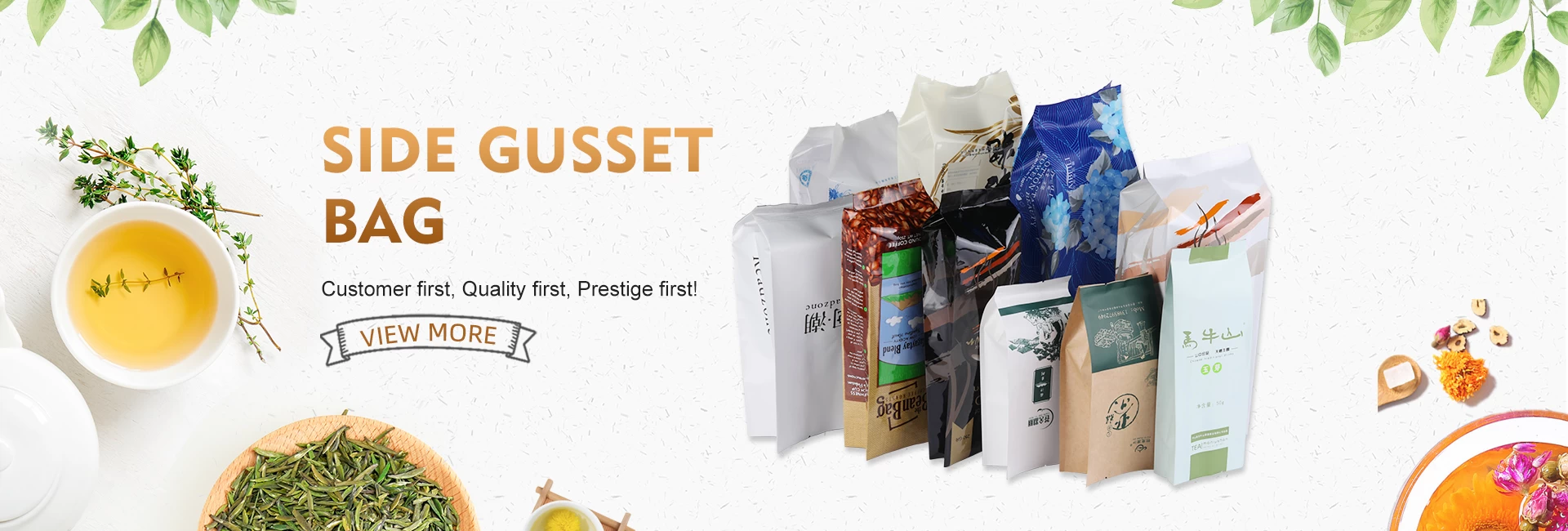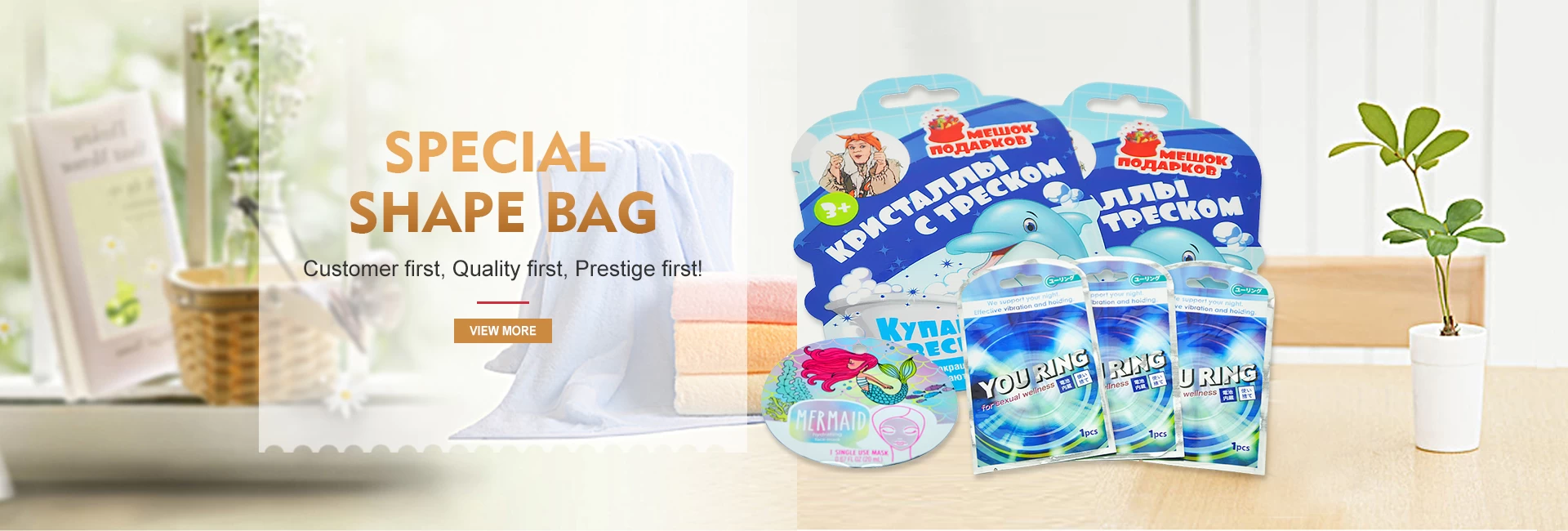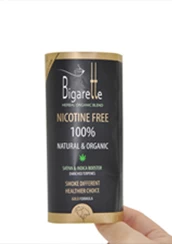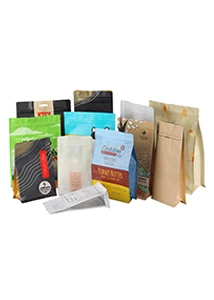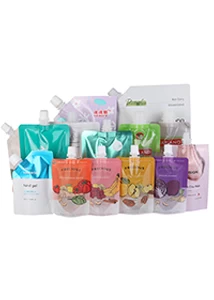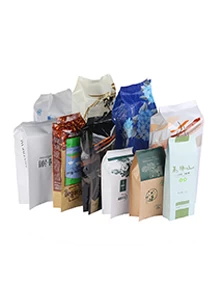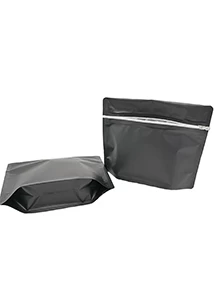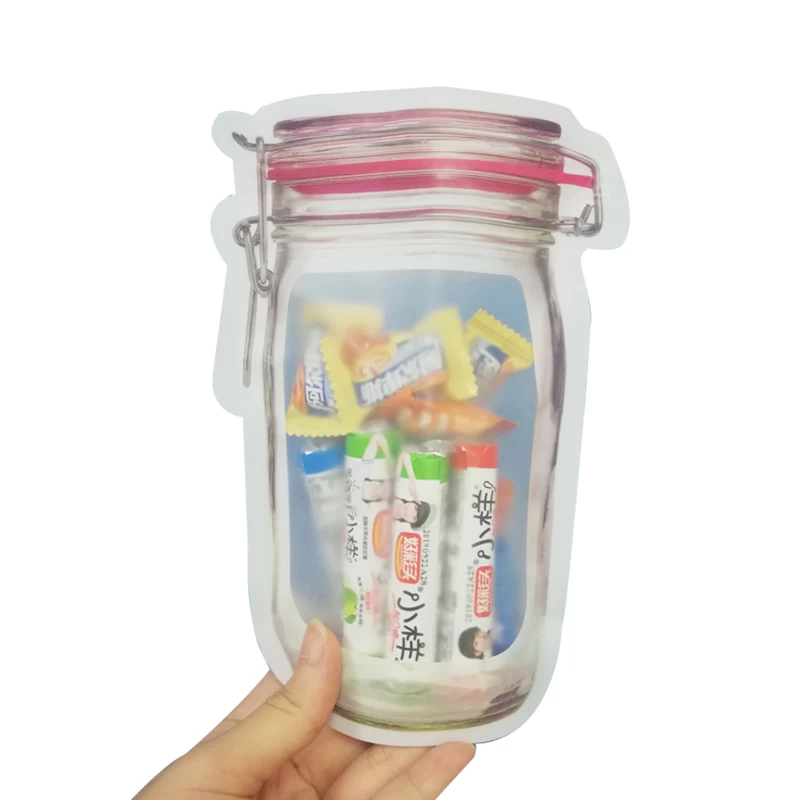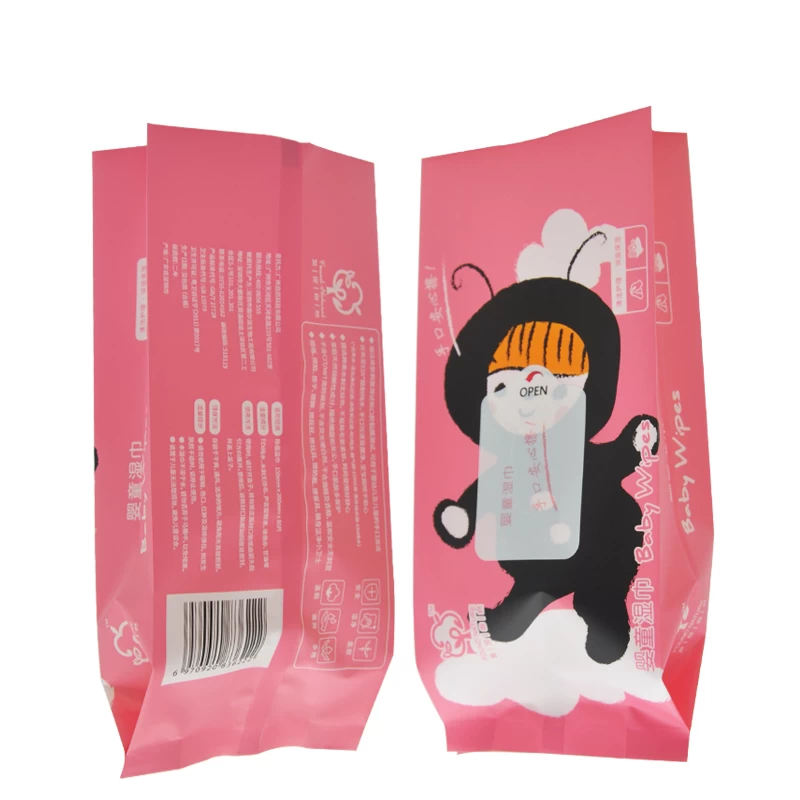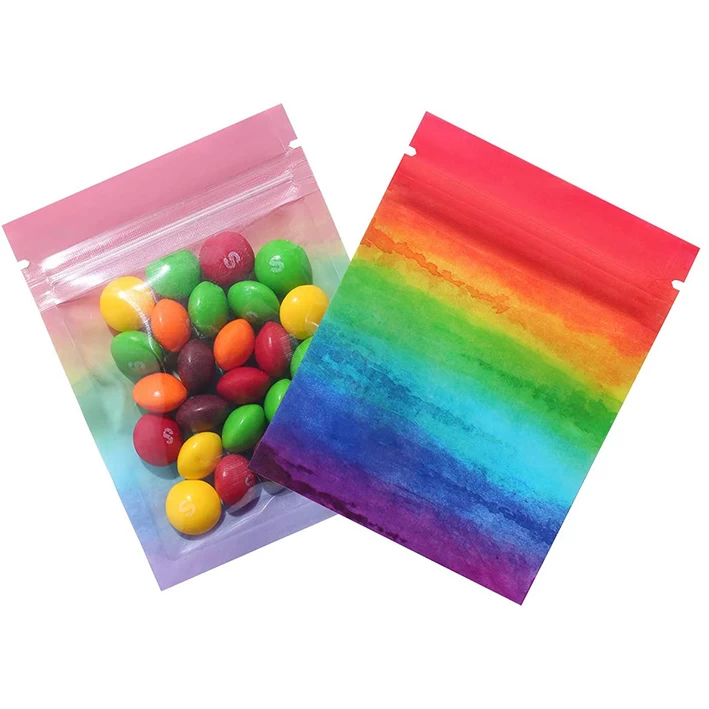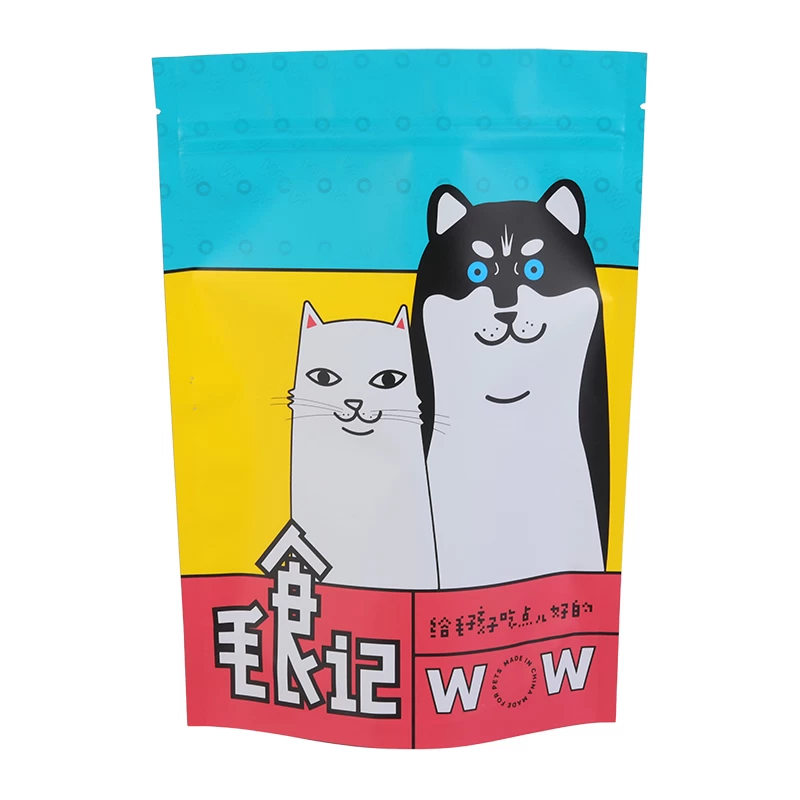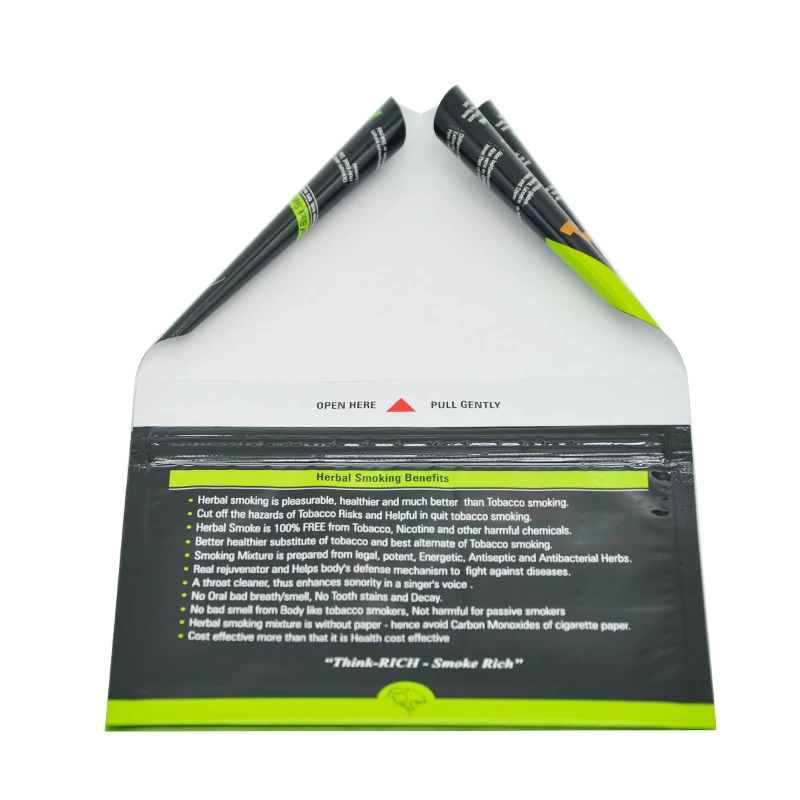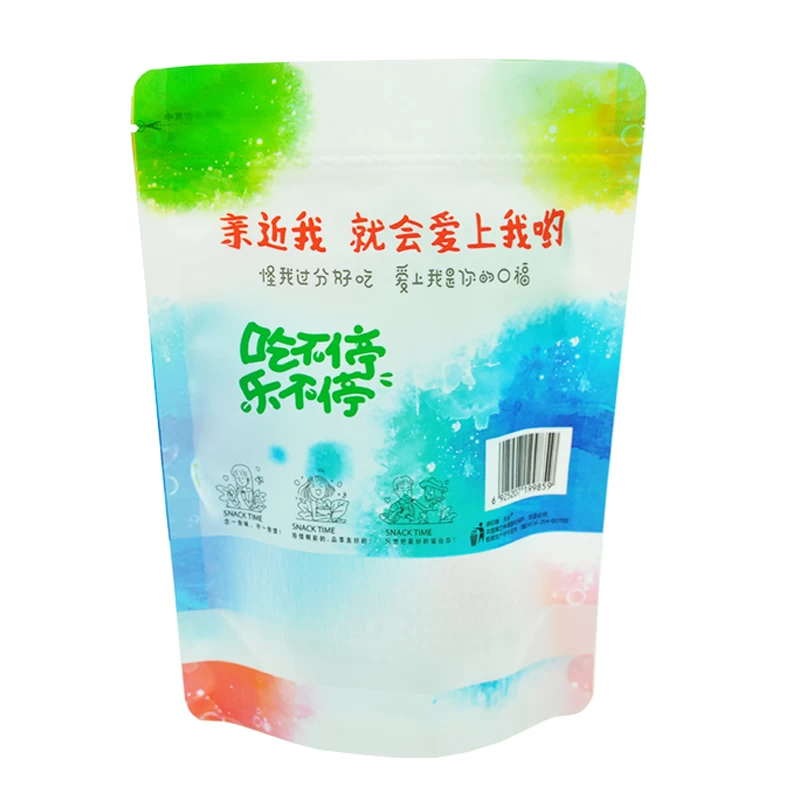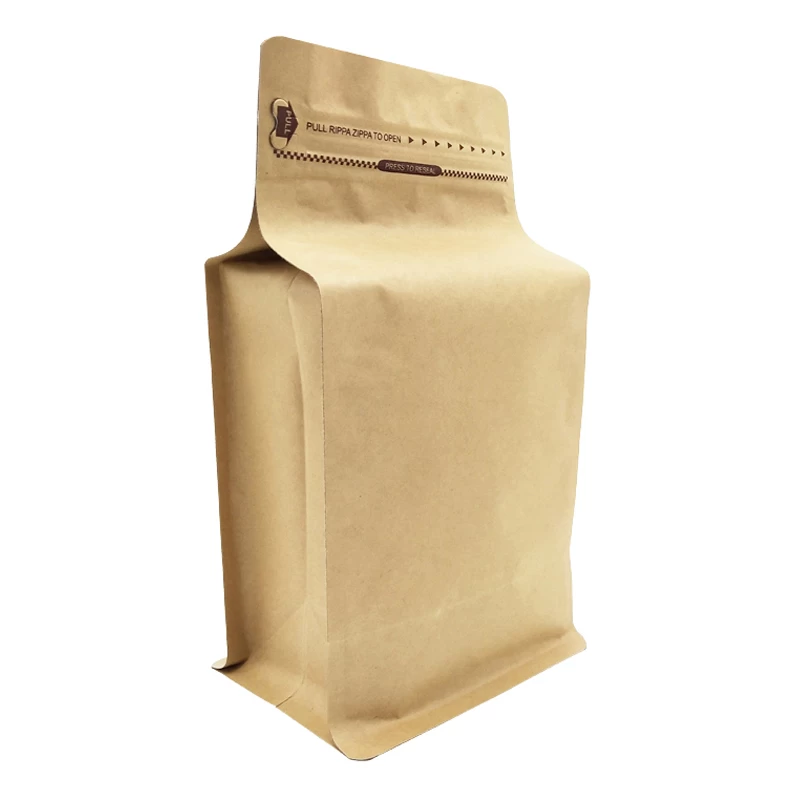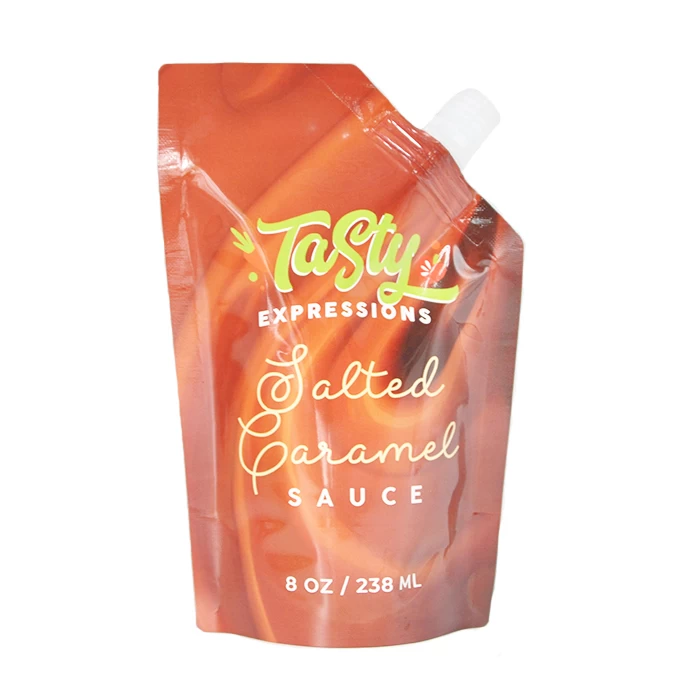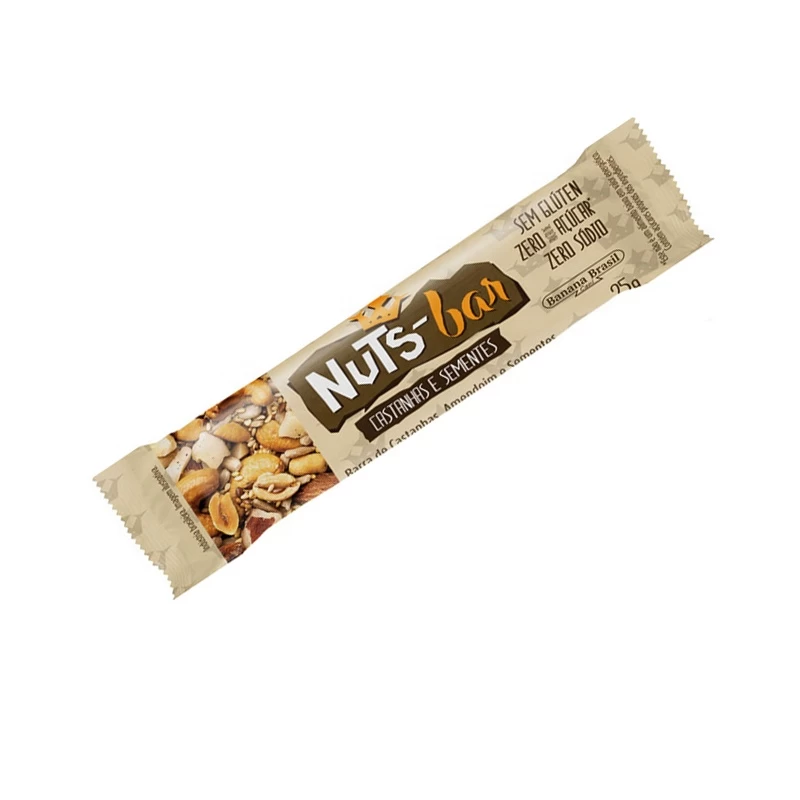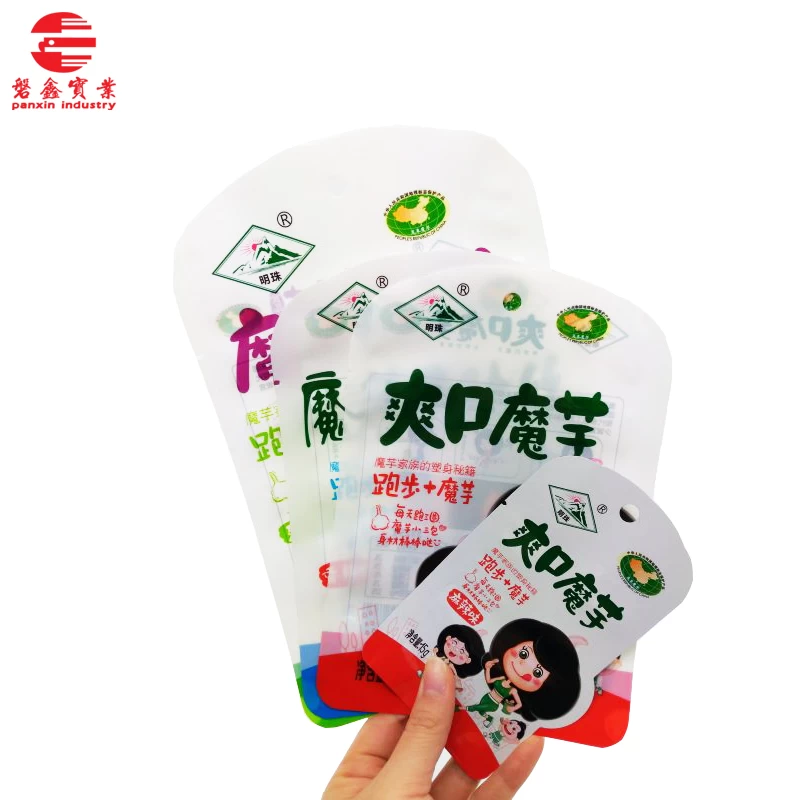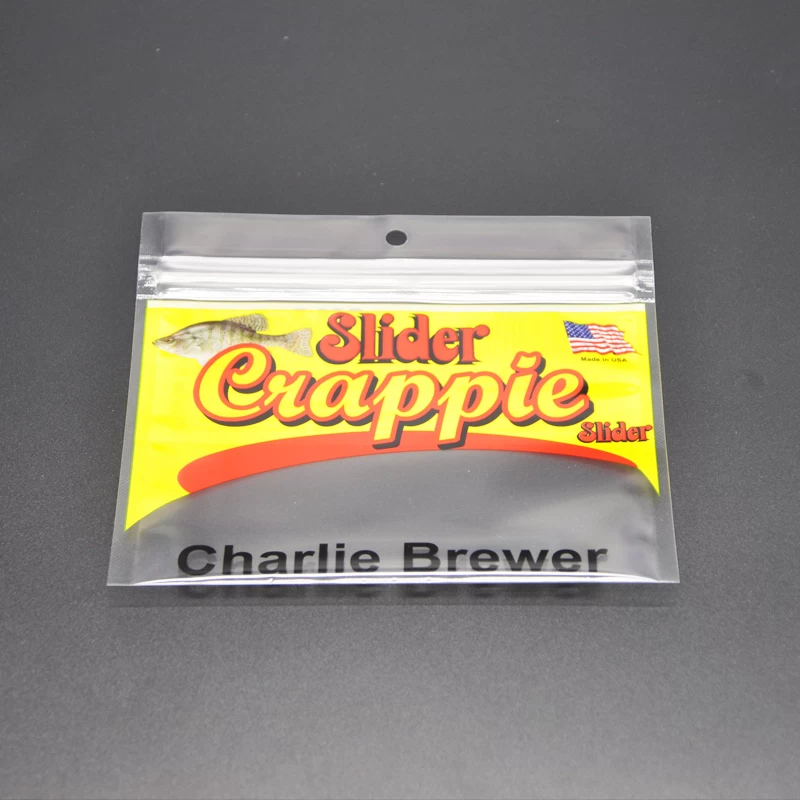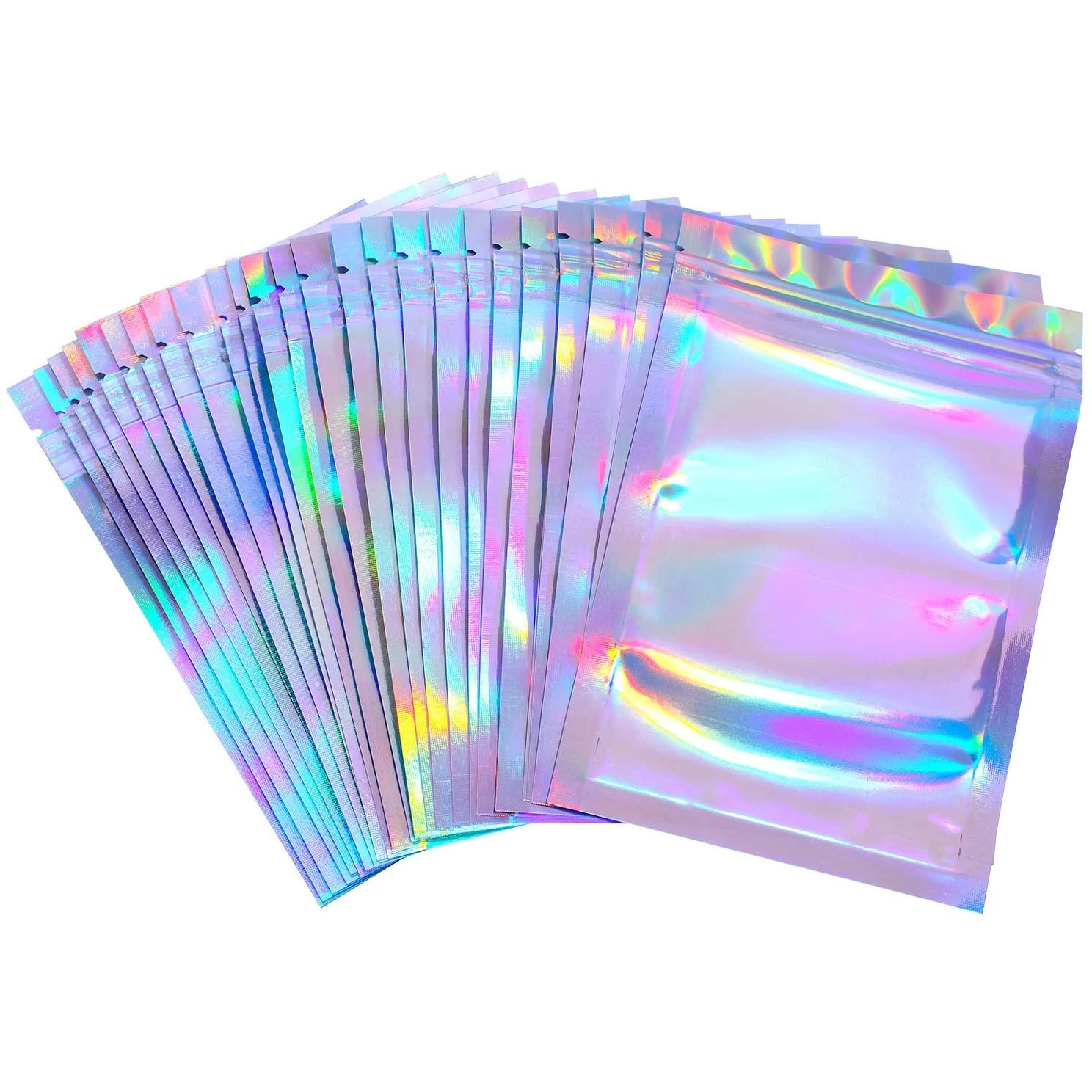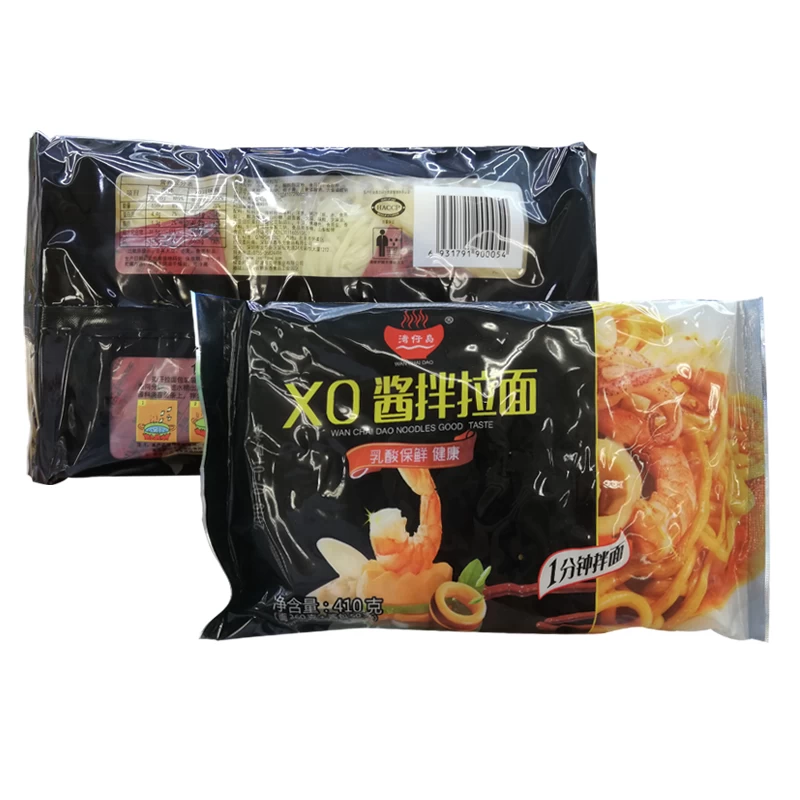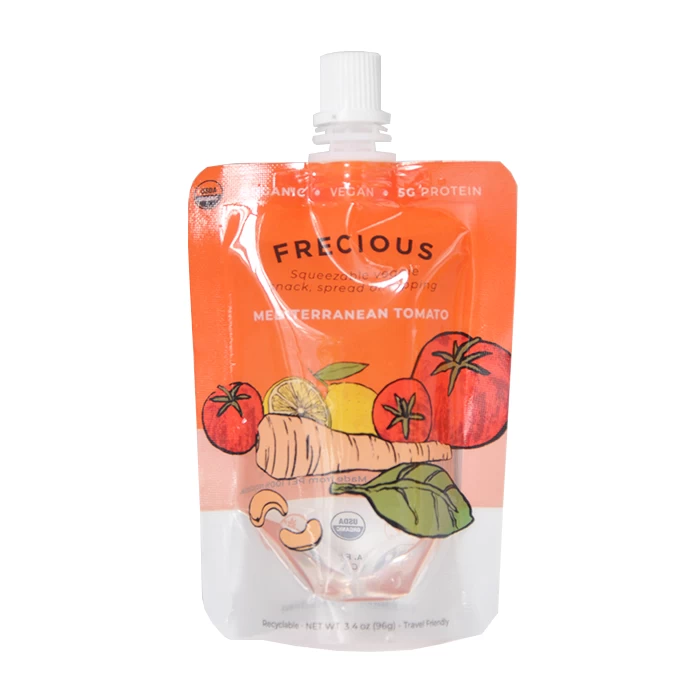Stand-Up Pouches Continue to Make Strong Inroads in Emerging Applications
Through 2024, demand for stand-up pouches is expected to increase 6.0% annually, according to a new analysis. Rapid expansion is expected in nearly all major food and nonfood markets, as stand-up pouches continue to take market share away from rigid packaging and other types of flexible packaging based on their:
ability to provide product differentiation, particularly among commodity goods, as new packaging can entice shoppers who may have otherwise overlooked the product
visibility on store shelves, due to large billboard space and quality graphics, including easier-to-read labeling compared to bags and other pouches
convenience features, such as resealable closures to maintain freshness, and pour spouts for liquids and semi-liquids
sustainability, as they are lighter weight and therefore more efficient to ship than rigid packaging
Sauces & Condiments to See Fastest Gains Among Food & Beverage Markets
Stand-up pouches – particularly spouted and inverted types – are gaining a wider presence among retail sauces and condiments, with a number of introductions by major brands in recent years. Condiments such as mayonnaise, honey, peanut butter, barbecue sauce, and guacamole spreads, for example, are increasingly packaged in inverted pouches such as Glenroy's STANDCAP pouch.
Nonfood markets will also see fast increases in stand-up pouch use, particularly in applications that benefit from the use of spouted types. Growth opportunities exist in refill pouches for hand soaps and other cleaning and personal care products, motor oils, and topical and liquid pharmaceuticals.
Product segments covered include corner-bottom, flat-bottom and other types employed in food, beverage, and nonfood applications. Also discussed are stand-up pouch performance and/or physical characteristics such as:
resealable pouches
retort pouches
shaped pouches
spouted pouches
aseptic pouches
Food market segments for stand-up pouches include:
candy and snacks (eg, savory snacks, candy and confection, bakery snacks, nuts and dried fruit)
processed foods (eg, dry foods, frozen foods, sauces and condiments, baby food)
beverages
pet food and treats
meat, poultry, and seafood
fresh produce
cheese
other food, including coffee and tea (not ready-to-drink), yogurt, pudding, sugar and alternative sweeteners, protein powders, and nutritional gels
Nonfood market segments include:
consumer products (eg, lawn and garden, soaps and cleaning products, wipes)
medical and pharmaceutical
industrial and other products, including agricultural and other chemicals, and small industrial and electronic components and parts

